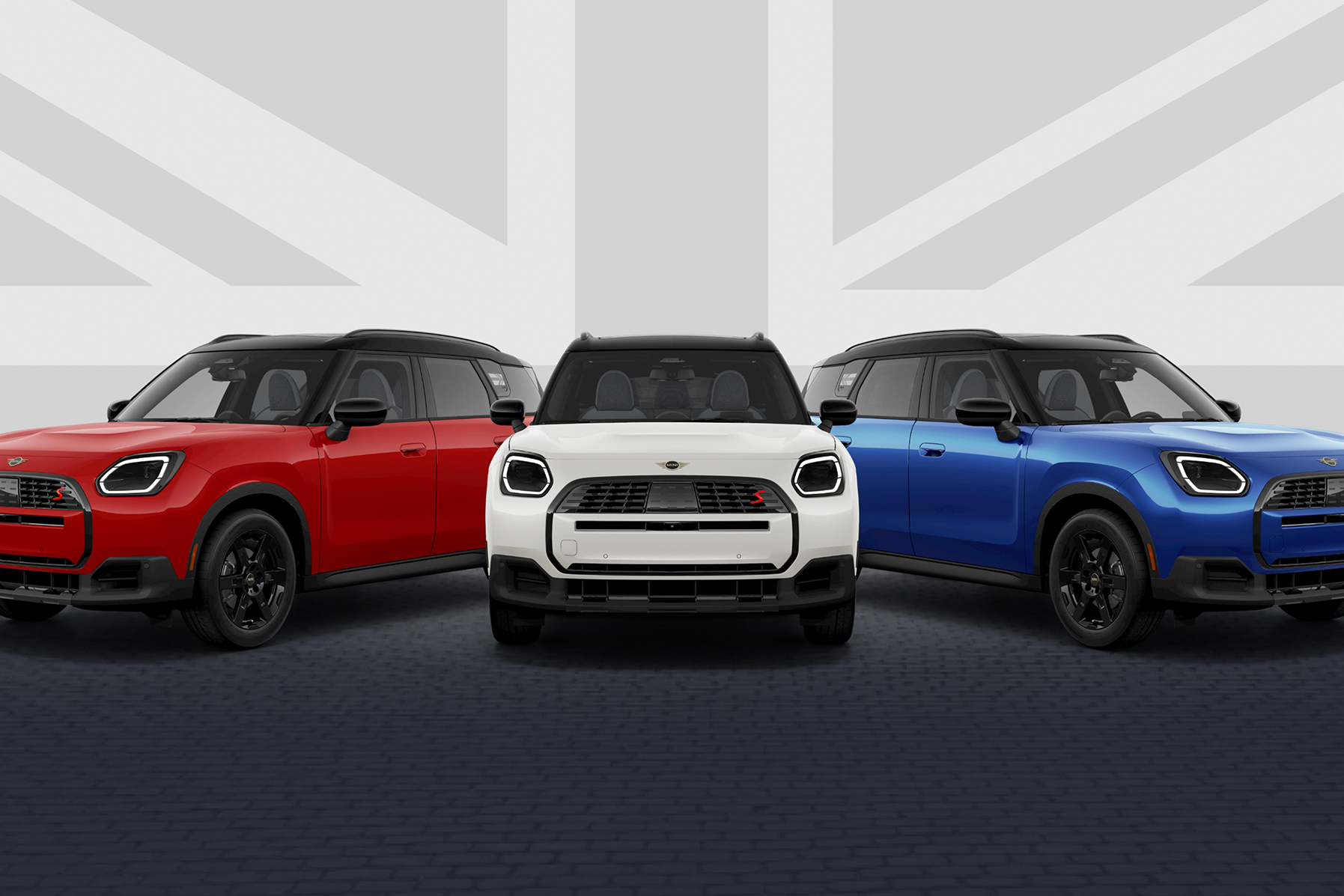From a value-packed MINI for the U.S. to Volkswagen’s cost-and-platform recalibration and Audi Sport’s evolving RS strategy, here’s what actually matters for drivers—and the aftermarket.
The Week at a Glance: A Split-Screen Moment
The last few days captured the auto industry’s split personality in sharp focus. On one side, MINI dropped a U.S.-friendly, value-driven trim that feels tailor-made for real buyers in a tight economy. On the other, Volkswagen Group kept hammering on platforms, costs, and liquidity as it navigates tariffs and a choppy EV market. Meanwhile Audi’s premium playbook is evolving—BEV growth is up, but the performance halo is being rethought as RS inches toward an electric future (and sometimes takes a step back). It’s messy. It’s interesting. And for enthusiasts, it’s opportunity.
MINI’s Move: A Value Hook with Real Personality
MINI USA just announced the 2026 Countryman S ALL4 “Oxford Edition” for the U.S. market, a package that sharpens price-to-spec without sanding off MINI’s character. The timing is savvy: buyers want all-weather usability and brand flavor, but they’re picky about how they spend. The Oxford Edition answers with a familiar MINI stance and all-wheel drive while leaving room in the budget for tasteful upgrades—think lighter wheels, better pads and rotors, and a mild suspension refresh that preserves daily comfort.
It’s also a reminder of where MINI wins: personality per mile. In a market where many crossovers blur together, giving owners a playful baseline with clear mod potential is a cheat code for community and loyalty.
Volkswagen: Platforms, Cash Flow, and the Cost of Being Global
Volkswagen’s tone remains disciplined. The Group’s recent communications emphasize a “difficult environment” and a tighter grip on spending, even as deliveries creep up. You can see that posture laid out in the Group’s late-October update on progress and liquidity and the Brand Group Core review of Q3 / Jan–Sept 2025. The subtext: less complexity, more commonality, longer cycles where it makes sense.
Then there’s the headline drag. Recent coverage of VW’s quarterly results detailed how tariffs and restructuring rolled into a rare operating loss—an uncomfortable, but clarifying, moment. For context, see the late-October earnings reports outlining the tariff hit and Q3 loss. Add the latest semiconductor subplot: after a supply scare involving Nexperia, VW said chip deliveries have resumed and days later Beijing moved to grant exemptions on some Nexperia exports—a relief, but hardly a guarantee of stability.
What this means for enthusiasts: cautious OEMs extend platform lives and trim exotic variants. That’s good for tuners. MQB-based icons (Golf R, S3, etc.) stick around longer, fitments stay stable, and the installed base grows. It’s a perfect window to refine lightweight wheels, braking packages, and suspension kits that move the needle on real-world driving without creating NVH headaches.
Audi’s Split Screen: BEV Momentum vs. RS Reality
Audi’s headline numbers tell a mixed but revealing story. Through the first nine months, overall volumes slipped, but BEV deliveries surged—details Audi spells out in its “first nine months” 2025 report. The technology backbone is the jointly developed PPE architecture; for a clean primer on that platform and why it matters to the next wave of Audi EVs (Q6 e-tron, A6 e-tron and more), see Audi’s electric portfolio overview.
On the halo side, the performance conversation is evolving. Reporting over the last couple of months suggests that not every rumored RS EV will see daylight, with cautions and cancellations filtering through as Audi calibrates demand. A representative snapshot of that recalibration came via coverage noting the reported pullback on an RS6 e-tron Avant project. The takeaway isn’t “RS goes quiet”—it’s “RS gets selective.” Expect Audi Sport to concentrate on the programs that deliver unmistakable character and a clear business case.
For the aftermarket, that means a few things. First, RS-adjacent ICE and hybrid models (and their chassis cousins) likely enjoy longer relevance. Second, EV performance shifts the battleground: unsprung mass (wheels/rotors), thermal management, aero efficiency and software-aware hardware become the levers that actually change how an electric RS feels on the road.
So Where’s the Win for Enthusiasts (and the Aftermarket)?
MINI’s Oxford Edition signals there’s still room for whimsy and value in a market obsessed with spreadsheets—great news for owners who want to personalize without wrecking a payment plan. Volkswagen’s cost-and-platform discipline means fan-favorite architectures won’t vanish overnight, giving tuners the runway to perfect parts. And Audi’s BEV push alongside a selective RS strategy tells us the premium performance game isn’t ending; it’s changing shape.
- Longer platform lives = deeper R&D payoff. Invest where fitments stay stable (MQB and successors) and build “family” parts that scale across trims.
- Design for networks, not just metal. Modern cars will reject crude add-ons. Engineer hardware that plays nice with sensors and stability systems.
- Make EV performance practical. Target weight where it counts (wheels/rotors), prioritize cooling, and use aero that helps efficiency and feel.
- MINI is a vibe; respect it. Keep upgrades playful but precise—brake feel, steering response, and stance go further than raw numbers.
- Tell the transition story. Reassure owners: the car they have now can get better—and you’re already building for what’s next.
This is the crossroads moment: fewer flashy unveils, more careful moves from OEMs. That’s exactly when the independent performance world can shine—by being faster, sharper, and closer to what drivers actually feel behind the wheel.

